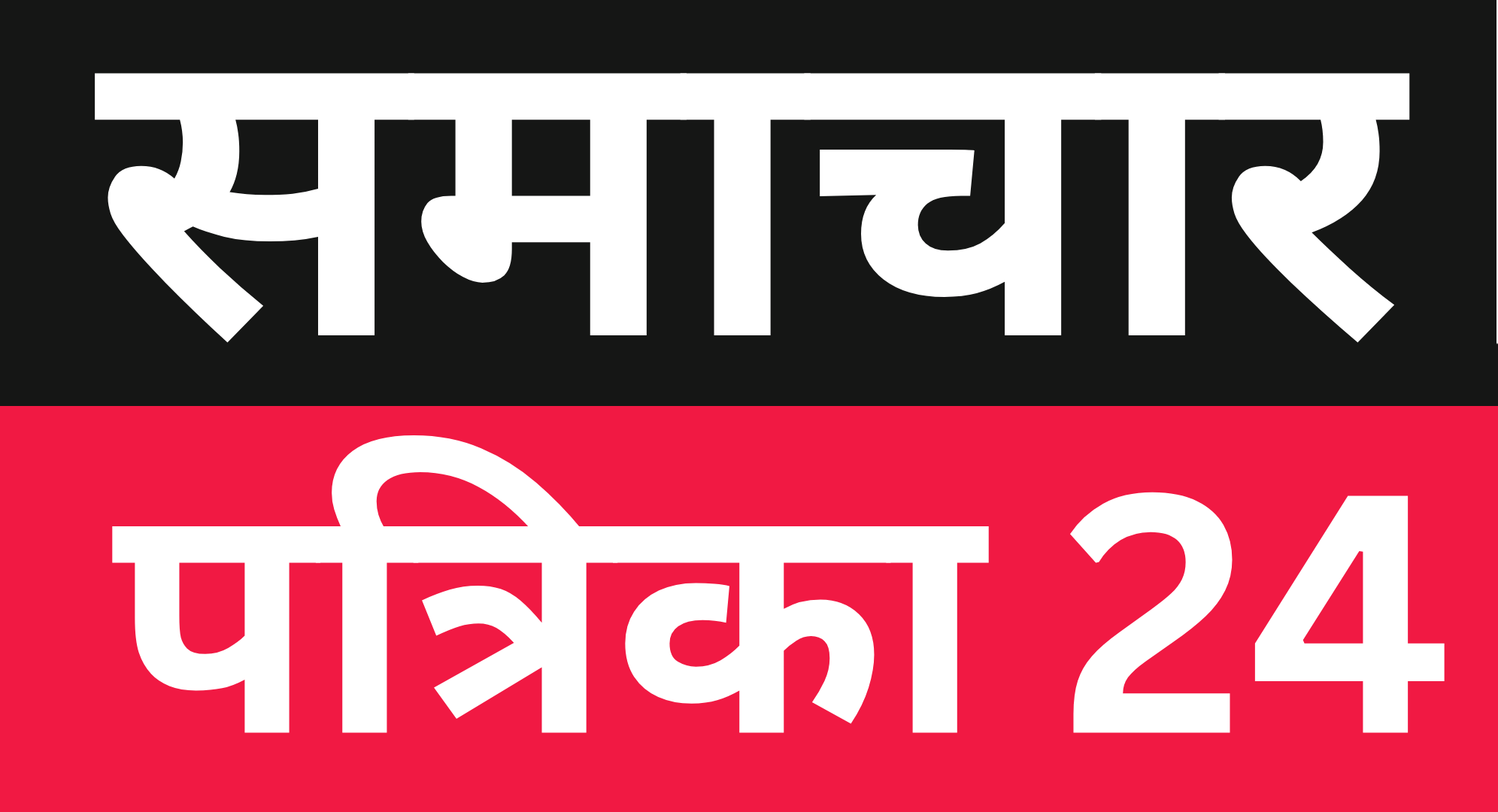R-37M Missile: The missile made its first flight in 1989 after being designed in the early 1980s.During the 1990s, the R-37 was still being tested. In 1994, a testing round achieved a kill at a distance of 162 nautical miles (300 km). However, due to financial concerns, the initiative seems to have been discontinued around 1998.

Context and Background
- The R-37M missile (NATO reporting name: AA-13 Axehead) is a long-range air-to-air missile developed by Russia. It is designed to engage targets beyond visual range (BVR), including fighter jets and drones.
- It is an evolution of the earlier R-33 missile and is primarily intended to target high-value aerial assets like AWACS (Airborne Warning and Control Systems), tanker aircraft, and other support platforms. This allows the launching aircraft to stay out of enemy fighter range.
ALSO READ:
https://samacharpatrika24.com/why-indian-stock-market-is-underperforming/
Features and Specifications of R-37M Missile India
- Physical Characteristics:
- Weight: Approximately 510 kilograms
- Length: Over 4 meters
- Warhead Weight: 60 kilograms
2. Guidance System:
- Inertial navigation with mid-course updates
- Active radar homing head for target tracking
- Semi-active radar guidance in the terminal phase for accuracy
3. Performance and Capabilities:
- Range: 300 to 400 kilometers, making it one of the longest-reaching air-to-air missiles in service globally.
- Speed: Hypersonic speeds up to Mach 6, allowing it to intercept fast-moving targets effectively.
- Propulsion: It uses a jettisonable rocket booster for long-range engagement.
Strategic Significance
- The R-37M Missile enhances the air superiority capability of the Russian Air Force by allowing it to neutralize enemy support aircraft from a safe distance.
- It acts as a force multiplier by protecting the launching aircraft from enemy fighter interception.
- The missile is compatible with advanced Russian fighter jets, including the Su-35S and MiG-31BM, enhancing their effectiveness in BVR combat scenarios.
Implications for Global Security and India
- Global Security:
- The deployment of the R-37M Missile could alter the air combat dynamics in regions where Russia has strategic interests, such as Eastern Europe, the Middle East, and Asia.
- It raises concerns among NATO members due to its capability to target high-value assets from long ranges, potentially neutralizing force multipliers like AWACS.
- Impact on India:
- India, with its Su-30MKI and planned Su-57 acquisitions, may consider upgrading its air-to-air missile arsenal to counter the R-37M’s capabilities.
- This may influence India’s decisions regarding missile procurement and defense partnerships.
- It underscores the need for advanced electronic warfare systems and early warning systems to counter long-range threats.








